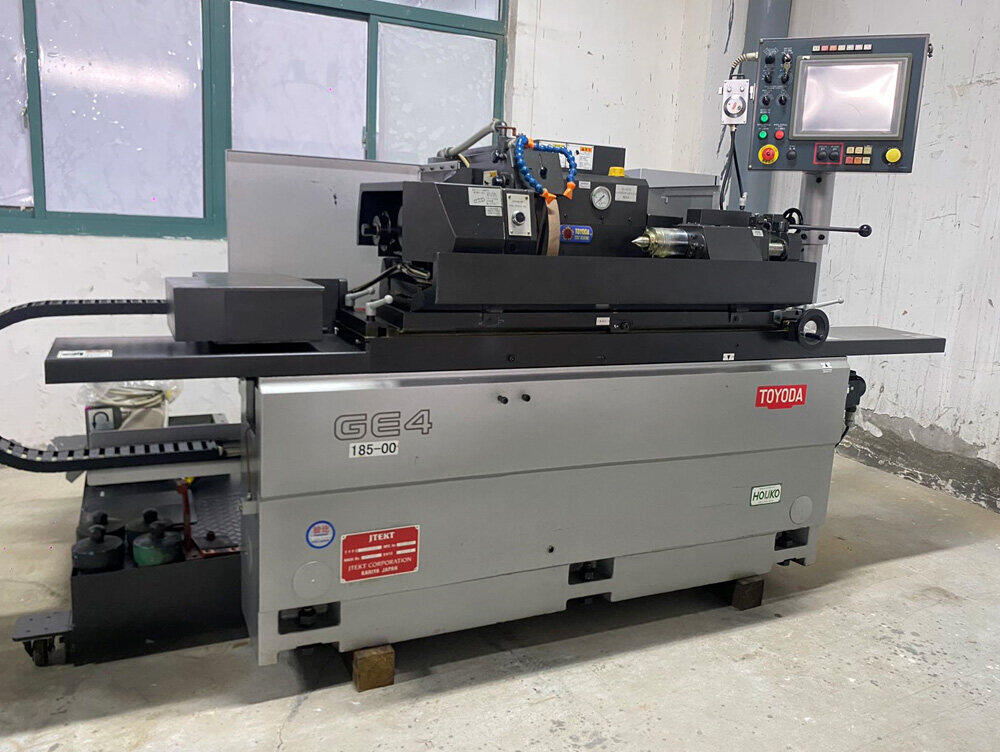磨床咨询热线:
183 5166 6188
邮箱:wenchong.yan@cxgrinding.com
地址:江苏省苏州市昆山巴城镇天竹路83号

Imported second-hand grinding machine is an important equipment purchased by enterprises for production and processing, in order to ensure that the equipment can be smoothly transported and installed, enterprises should pay attention to the following aspects.
First of all, before purchasing imported second-hand grinding machines, enterprises need to have a certain understanding of the brand and performance of the equipment, and communicate with the supplier in detail. Before purchasing the equipment, you can ask the supplier to provide the detailed information and technical parameters of the equipment, and refer to the relevant evaluation and recommendation.
Second, businesses need to choose reliable transportation methods and logistics companies to ensure that equipment can be safely transported to its destination. Because the used grinding machine is heavy equipment, the weight is larger, so it is necessary to choose the appropriate transportation tools and equipment to transport. For long-distance transport, you can choose sea or rail transport, and for short distance transport, you can choose truck transport. At the same time, companies should also work with logistics companies to understand the packaging and transportation methods of equipment in detail, and ask logistics companies to insure equipment against possible damage or loss.
After the equipment arrives at the destination, the enterprise needs to carry out the acceptance and inspection of the equipment. First, it is necessary to check the appearance of the equipment is in good condition and record possible damage or problems. Secondly, it is necessary to check the main parts and key components of the equipment to ensure their good and normal operation. In addition, it is also necessary to check the electrical and hydraulic systems of the equipment to ensure their safety and stability. If any problem or damage is found, the supplier or logistics company should be contacted in time to negotiate a solution, and the corresponding evidence and documents should be kept.
During device installation, the enterprise needs to install and commission the device based on the specific requirements of the device. First, you need to ensure that the base and mounting base of the equipment can withstand the weight and vibration of the equipment. Secondly, it is necessary to correctly install the various components and components of the equipment according to the installation drawings and instructions of the equipment. At the same time, it is also necessary to connect the electrical system and hydraulic system of the equipment, and carry out the corresponding debugging and trial operation. During the installation and commissioning process, enterprises can carry out technical exchanges and consultations with suppliers to ensure the normal operation and production of equipment.
Finally, companies also need training and guidance on the use and maintenance of equipment. On the one hand, enterprises can learn the operation and maintenance methods of equipment from suppliers or equipment manufacturers, and establish corresponding operation manuals and maintenance records. On the other hand, enterprises can also train their own employees to improve their operation and maintenance skills. During the use of equipment, enterprises need to regularly check the various components and systems of equipment, and carry out necessary maintenance and repair. If any problems or faults are found, appropriate measures should be taken in time to avoid further damage and affect production.
In short, the transportation and installation of imported second-hand grinding machines requires enterprises to comprehensively consider the characteristics and requirements of the equipment, choose the appropriate mode of transportation and logistics companies, carry out the acceptance and inspection of the equipment, install and debug the equipment, and conduct training on the use and maintenance of the equipment. Only by taking these factors into account can companies ensure that equipment can be transported and installed smoothly and maximize its production benefits.